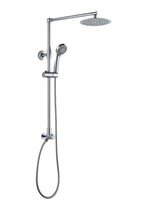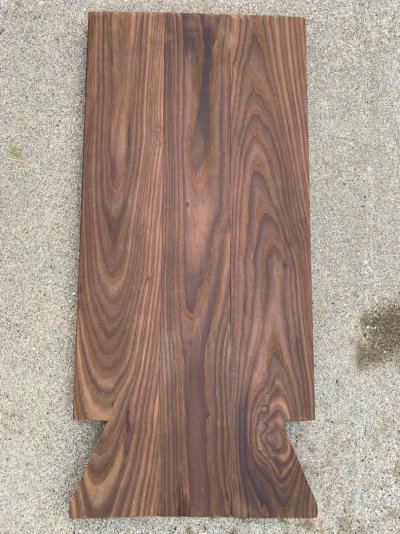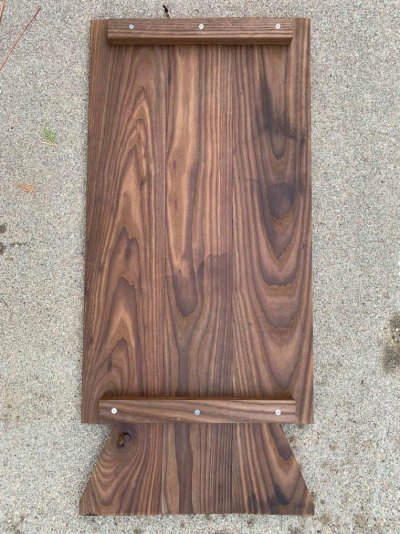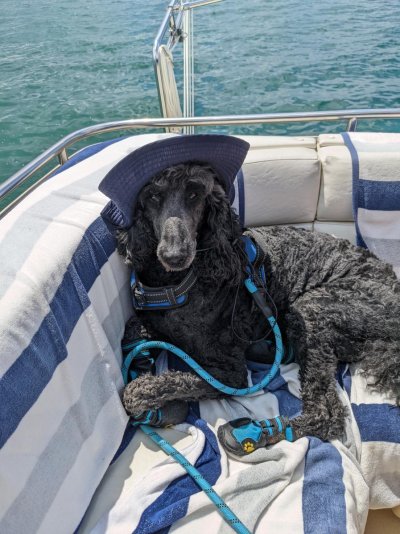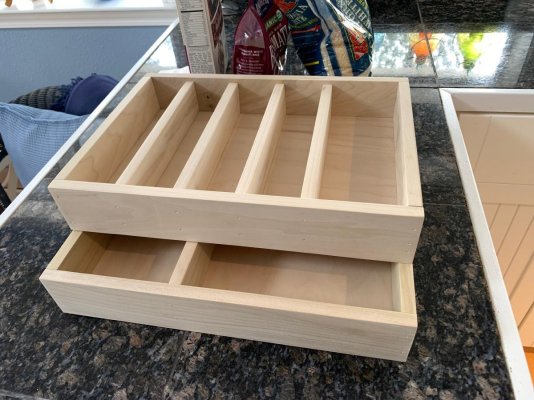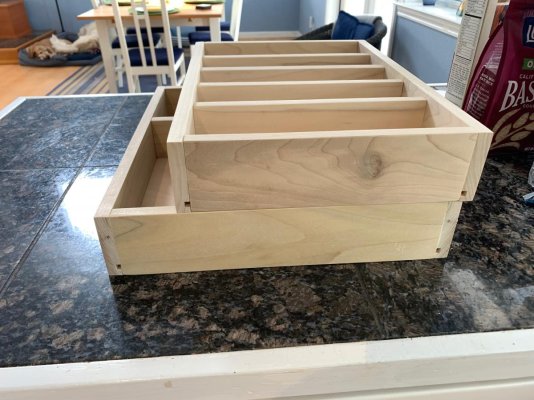chanprr
Senior Member
- Joined
- Nov 27, 2018
- Messages
- 256
- Location
- United States
- Vessel Name
- Kiskadee
- Vessel Make
- Helmsman 46 Hull#1
Storing poly line in a bag
Check this out:
As long as you flake the line into the bag without introducing any twists, and as long as you keep the working end of the line out of the bag at the end, there is no danger of anything becoming tangled. I tie the working end to one of the handles of the bag, to make sure it doesn't fall into the bag. This is no different at all from the way the anchor rode piles up in the chain locker. As long as you don't drop the end of the rode into the locker (which won't happen as long as it remains attached to the anchor!), the rode will play out fine, irrespective of how it is piled up in the chain locker. (If you want some tips about how to flake a long line quickly without introducing twist, ask a sailor.)
Check this out:

